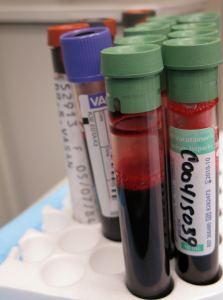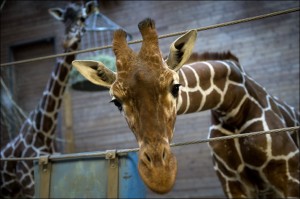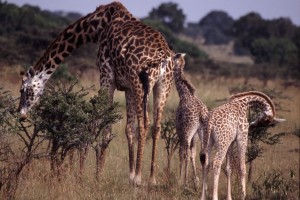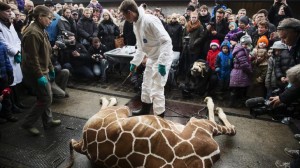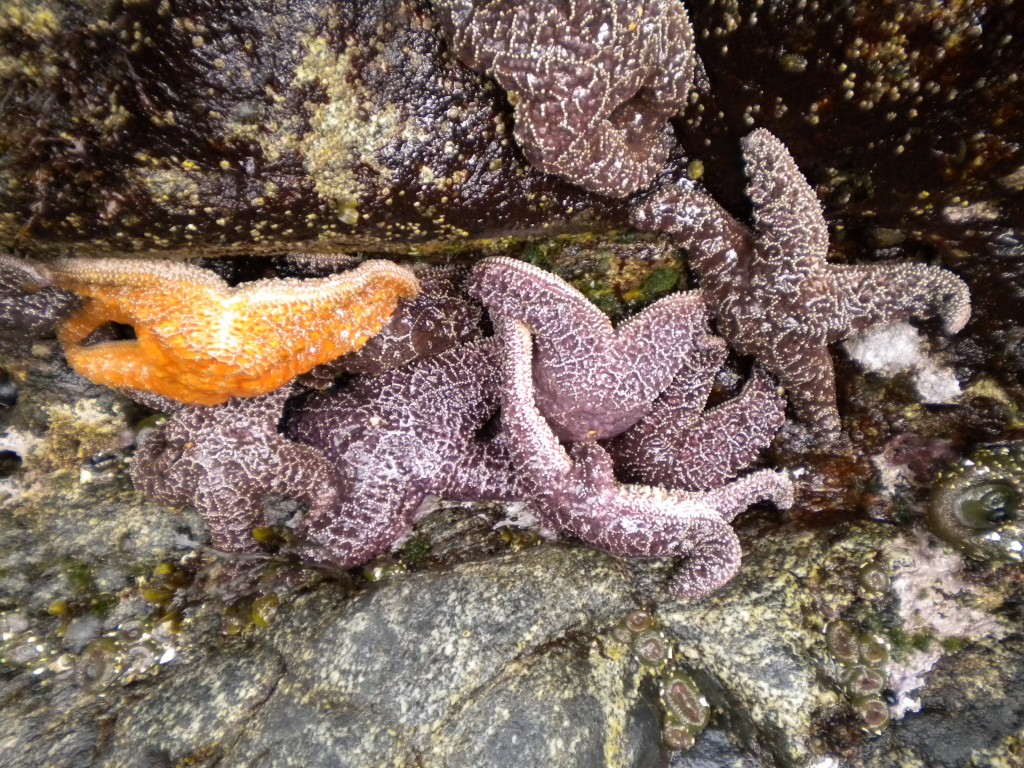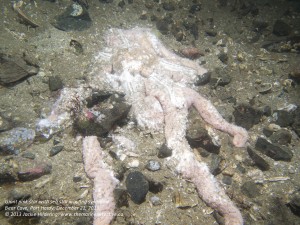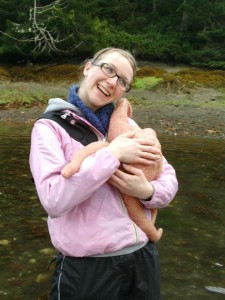In a breakthrough report on March 13th, Dr. Williams and his team of experts surveyed Antarctic minke whales in the Southern Ocean using a never used before technique integrating helicopters.
Surveying in Antarctica is not an easy task. “Not only is a minke whale’s habitat a challenging place to work, it is also a changing place to work”, said Dr. Williams, a marine mammal conservation biologist, “as the climate is warming, it is changing the ice.” He adds that the changing ice conditions could influence the amount of Antarctic minke whales that are available for surveying while on the icebreaker, which would therefore skew the data every year according to the amount of ice present.

The Antarctic Minke Whale: they have grey pectoral fins and their baleen colour is different from the Northern species of Minke Whales (Photo by Dr. Williams)
As we all know, polar regions are experiencing huge yearly variations in sea ice that are being linked to climate change. This greatly affects the organisms that live in those regions, such as the Antarctic minke whale.
Previous estimates by the International Whaling Commission (IWC) of the minke whale population showed a 30% decline. This decrease prompted Dr. Rob Williams and his team to test a breakthrough method that uses helicopters to determine a more accurate population estimate. They wanted to know if this population was really decreasing or if it was due to the inability of previous investigators to sample near the sea ice without using helicopters.
Previous surveys were thought to be hindered by what they couldn’t see near the ice. Additionally, Dr. Williams believes that icebreaker ships could make large noises, scaring the whales away from their natural habitat, preventing the counting of the whales that would have been there. Hence, bringing helicopters to assist in surveying the Antarctic minke whale population is revolutionary and adds to the surveys from icebreakers.
The population of Antarctic minke whales could be essential to understanding the impact of climate change on their ecosystem.
Antarctic minke whales belong to a larger family of whales called baleen whales and are well adapted to the sea ice, but not much is known about them such as their diving capabilities. They are much larger than their northern counterparts and have significantly different skull forms. “The whales are there [by the ice] because that’s where the krill is”, said Dr. Williams. Naturally, minke whales move in toward the sea ice edge, where the krill thrive. Also, minke whales are hunted by the carnivorous killer whale, making them part of a complex ecosystem. Therefore, their response to the changing sea ice is very important in predicting how other organisms in the ecosystem will respond.
An interview with Dr. Williams reveals his passion for the Antarctic Minke Whales: Click HERE
Dr. Williams hopes that the attention from this study will help bring additional funding to support more research.
Dr. William states: “It is not about not only how many minke whales are there now, but how many minke whales do we think there are likely to be 50-100 years from now”.
By Cynthia Lung, Maria Benard, Dani Marcoux and Cindy Liang
References & additional sources:
- http://iwc.int/home
- http://www.projectminke.com/biology.htm
- http://www.nature.com/srep/2014/140313/srep04170/full/srep04170.html
- http://www.ecologyandsociety.org/vol11/iss1/art1/
- http://www.icrwhale.org/pdf/SC-53-IA13.pdf





